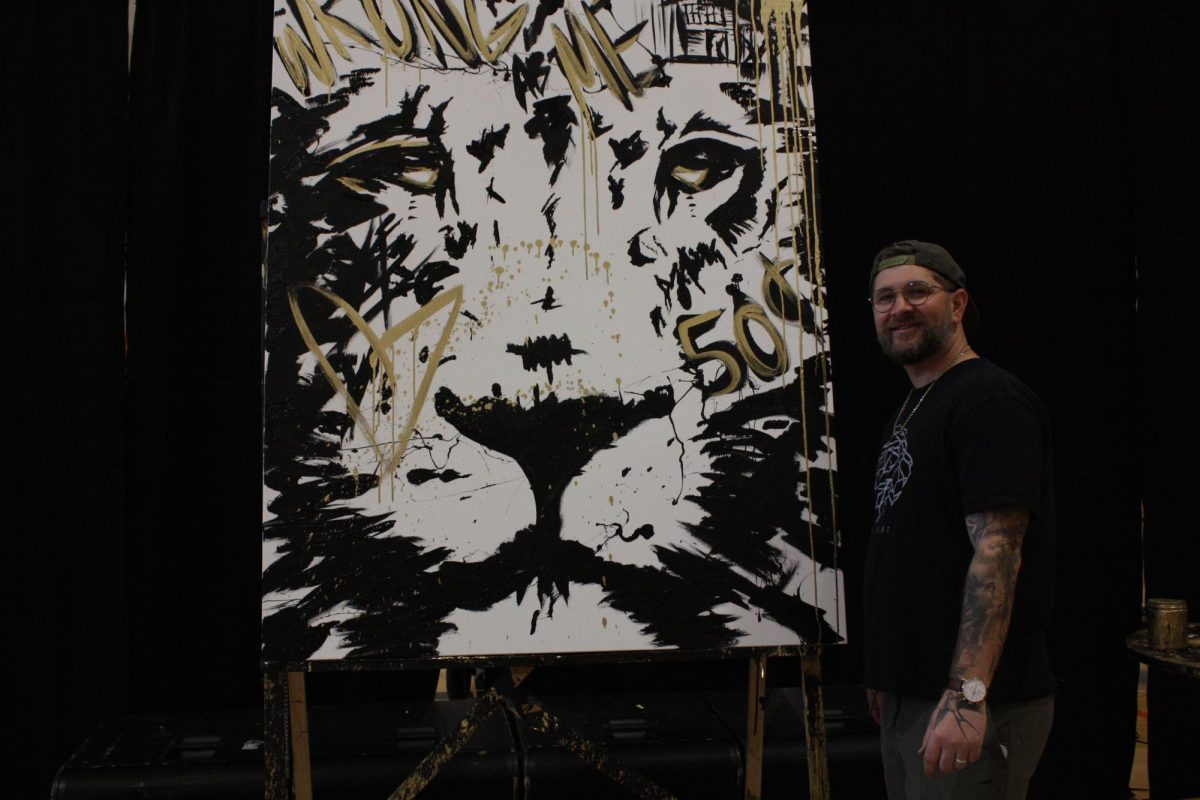Many people have probably heard of the classic story, How the Grinch Stole Christmas by Dr. Seuss. This story became so popular it evolved into multiple award-winning movies.
How the Grinch stole the 1960s
Dr. Suess’ How the Grinch Stole Christmas! first came out in 1966. It was a short 26-minute long animation film that followed the exact storyline of the original storybook, which was made into 2D drawings. The book, then turned into the film, starts with the Grinch hating Christmas, stealing from the Whos, and eventually growing his heart 3 times bigger and enjoying Christmas.
“My favorite thing about the movie compared to the newer ones would have to be the sequence of stealing things because they made it seem more realistic than how the other movies were. I also really liked the narrator in that movie,” Psychology and World History teacher Carter Mauter said.
What’s that? The real Grinch?
The second Grinch movie was made in 2000 and was a live-action movie, following most of the original storyline. Differences with the live-action film was its extended storyline involving the origin of the Grinch. This film starred Jim Carrey, playing the Grinch and Taylor Momsen as Cindy Lou Who.
“I like the weirdness of it, like the way the Grinch looks with his crazy green hair,” junior Miley Moser said.
This live-action film isn’t just a favorite of Moser, but also a favorite across most of Gen-Z. Since the movie was released in 2000, most of the younger generation grew up watching this movie before the newest movie was released.
New, improved, and back to cartoon
The newest Grinch movie came out in 2018. This movie was an animated 3D film starring some new characters and a slightly different story. In this movie, the Grinch is less scary and has a softer approach to children since it is not live-action and less realistic.
“I really liked the beginning of the movie, I do like the live action film a little better but I do like the new characters in the new movie,” freshman Ella Hardesty said.
Each of The Grinch movies involved key elements to help tie in the generation the movie was produced in. They used wording, color, design, and small details to make it connect to their viewers and make it current. For example, in the 2000’s live-action film, Jim Carrey was a very popular actor of the time, so the generation that grew up watching it, had a deeper connection to it.







